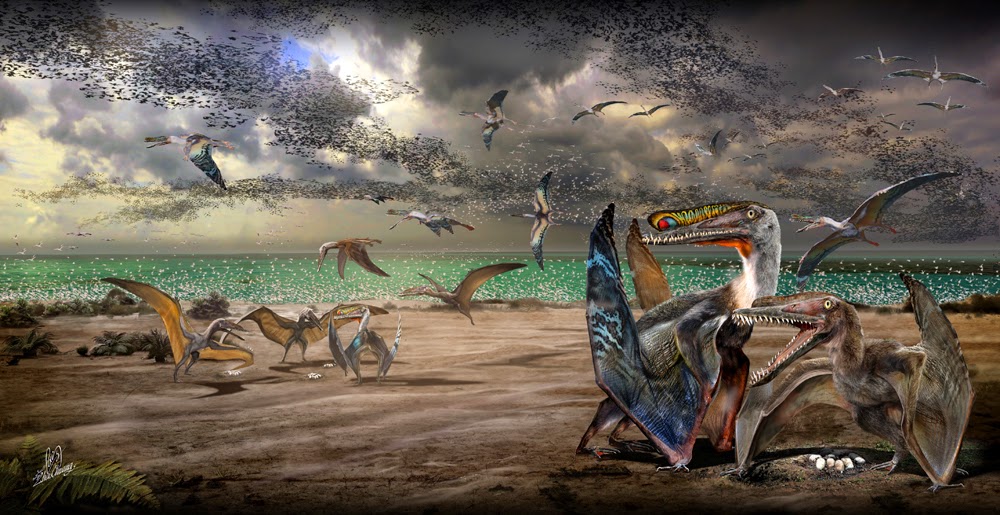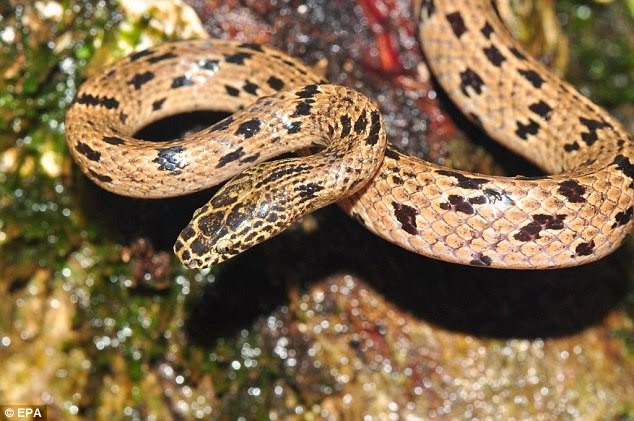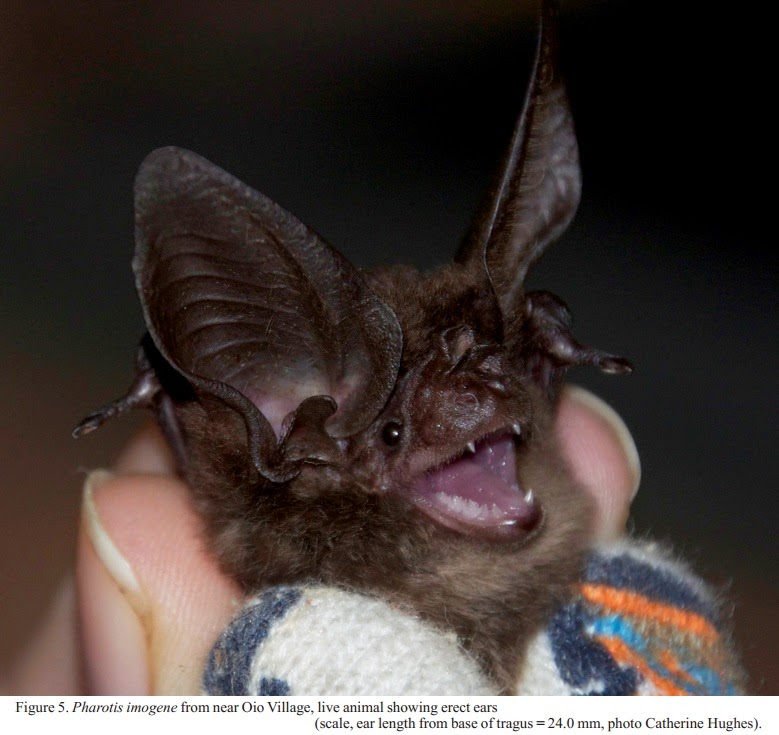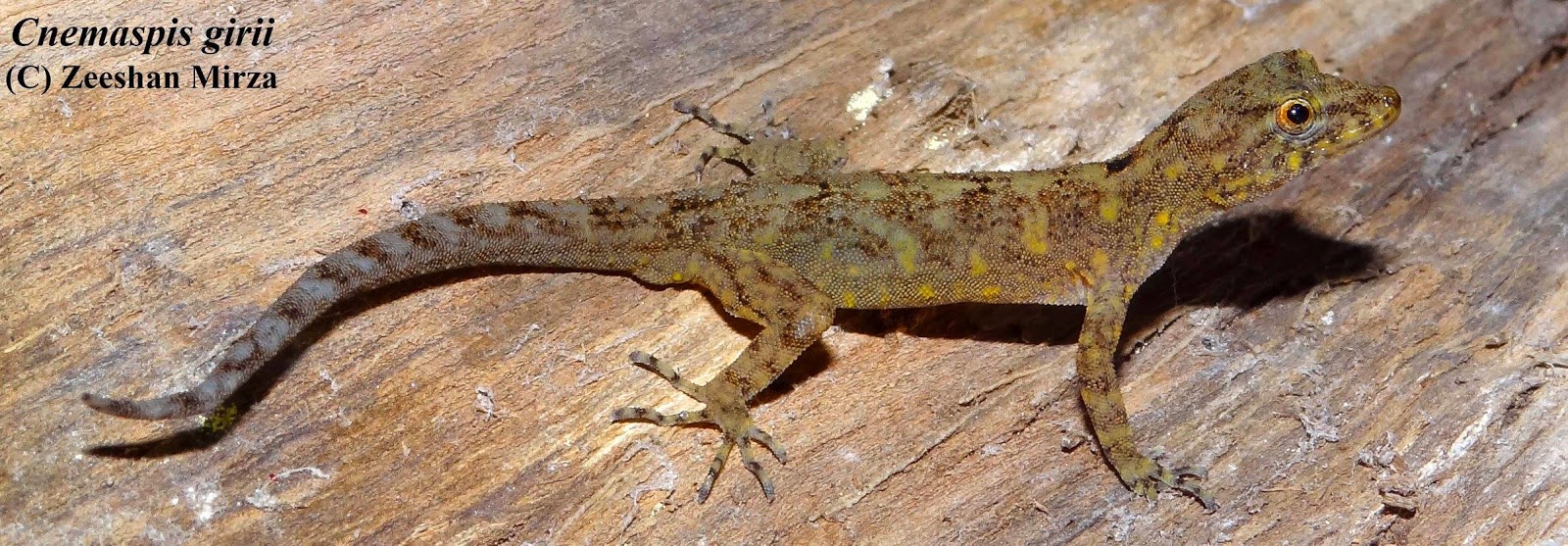ABSTRACT
Geckos with a leaf-toed morphology (digits with a single pair of enlarged adhesive pads located terminally) occur on six continents and many islands. Although most leaf-toed gecko genera belong to independently derived lineages, recent studies support the monophyly of a circum-Indian Ocean group including four genera from disparate regions: the southern African genera Afrogecko and Cryptactites, the Malagasy genus Matoatoa, and the Australian genus Christinus. We obtained molecular and/or morphological data for most species in these genera to estimate phylogenetic relationships among constituent species and infer broad historical biogeographic patterns. Our results confirm that Afrogecko is not monophyletic, and that Christinus is embedded among African taxa. Afrogecko is comprised of three lineages, each of which is distinct in external features and osteology. Based on these results, we partition Afrogecko and recognize two new genera. Molecular clock analyses suggest divergences within the circum-Indian Ocean group are too recent for Gondwanan vicariance or hypothesized land bridges (e.g. Kerguelen Plateau) to account for the observed Africa/Madagascar/Australia distributional pattern. Ancestral area analyses support an origin of the clade in mainland Africa or Madagascar, and imply a dispersal event from southern Africa to Australia, similar to those observed in some plant and arthropod taxa, but otherwise unknown among non-volant terrestrial vertebrates. Dispersal was likely via a southern route and may have been facilitated by island hopping using Antarctica or other southern landmasses available in the mid-Cainozoic.
Key words: Afrogecko,Christinus,Cryptactites, dispersal, Gondwana, Computed Tomography, Matoatoa, molecular clock, osteology
Taxonomy
Afrogecko Bauer, Good & Branch, 1997
Type species.Gecko porphyreus Daudin, 1802
Distribution. Disjunct distribution; Afrogecko occurs widely in the Western Cape and Eastern Cape provinces, South Africa, and is known from a single locality in Benguela province, Angola (Bauer et al., 1997).
Content. Afrogecko ansorgii (Boulenger, 1907); A. porphyreus (Daudin, 1802).
Christinus Wells & Wellington, 1984
Type species. Diplodactylus marmoratus Gray, 1845.
Distribution. Temperate southern Australia (Western Australia, South Australia, Victoria and New South Wales); Norfolk and Lord Howe Island groups (Bauer & Henle, 1994).
Content. Christinus alexanderi (Storr, 1987); C. guentheri (Boulenger, 1885); C. marmoratus (Gray, 1845).
Cryptactites Bauer, Good & Branch, 1997
Type species.Phyllodactylus peringueyi Boulenger, 1910.
Distribution. West of Cape Recife and in the vicinity of the Kromme River estuary, Eastern Cape, South Africa (Branch & Bauer, 1994).
Content.Cryptactites peringueyi (Boulenger, 1910).
Matoatoa Nussbaum, Raxworthy & Pronk, 1998
Type species. Phyllodactylus brevipes Mocquard, 1900.
Distribution. Southern Madagascar (Nussbaum et al., 1998; Glaw & Vences, 2007; Funnell et al. 2012). Content.Matoatoa brevipes (Mocquard, 1900); M. spannringi Nussbaum, Raxworthy & Pronk, 1998.
Kolekanos gen. nov.
Type species.Afrogecko plumicaudus Haacke, 2008.
Etymology. Kolekanos is a Greek word meaning a long, thin person. It is given based on the elongate, depressed body form of the type species. The gender is masculine.
Distribution. Namibe Province, Angola (Haacke, 2008).
Content.Kolekanos plumicaudus (Haacke, 2008).
Ramigekko gen. nov.
Type species.Phyllodactylus swartbergensis Haacke, 1996.
Etymology. The name is a combination of the Latin noun ramus, meaning branch, and gekko, a latinization of a Malay word said to imitate the vocalizations of geckos (subsequently applied to the lizards themselves). We apply the name in recognition of Professor William R. Branch, curator emeritus of herpetology at Bayworld (formerly Port Elizabeth Museum), in honour of his recent retirement and in recognition of his many contributions to the systematic herpetology of southern Africa. The gender is masculine.
Distribution. Swartberg Ranges, Cape Fold Mountains, Western Cape, South Africa (Bauer et al. 1997; Branch & Bauer, 1996; Haacke, 1996).
Content.Ramigekko swartbergensis(Haacke, 1996).
Matthew P. Heinicke, Juan D. Daza, Eli Greenbaum, Todd R. Jackman, Aaron M. Bauer. 2014. Phylogeny, Taxonomy and Biogeography of a circum-Indian Ocean Clade of Leaf-toed Geckos (Reptilia: Gekkota), with A Description of Two New Genera. Systematics and Biodiversity. 12(1):23-42. DOI: dx.doi.org/10.1080/14772000.2013.877999


















_maspictus-et_bruessoworum.jpg)
_tilburyi-et_nebulauctor.jpg)
































